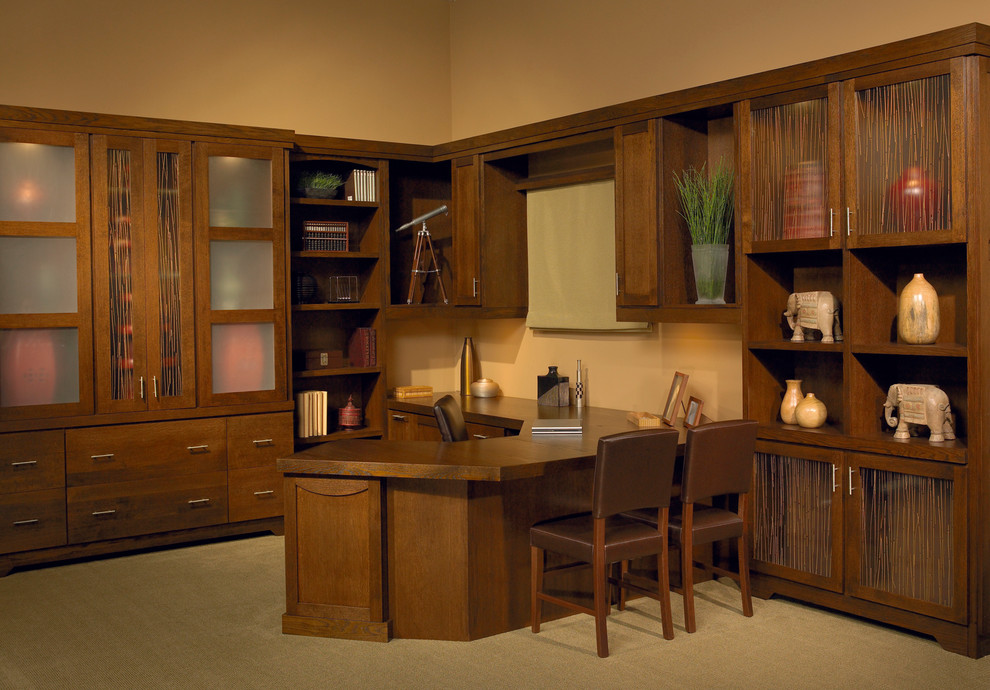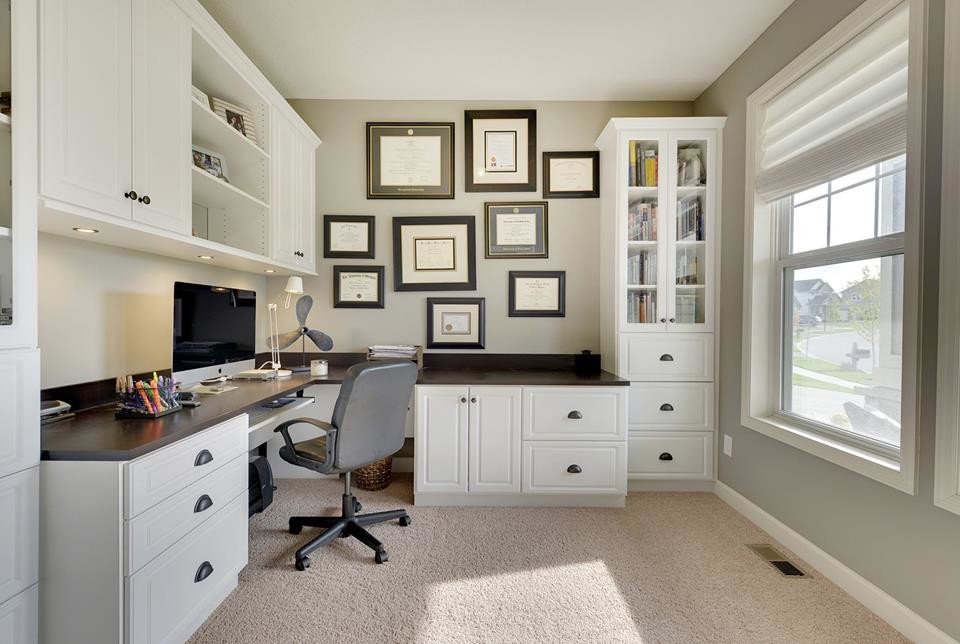

Take a look around and see all of the DIY tutorials we have! Cloffice Ideas:
#Houzz home office in closet plus#
And the big plus is just how much fun these spaces are to design and organize! More DIY Tutorials:Ī good DIY project can be so much fun to take on, and we have many tutorials that would be perfect to get you started! Like 20 DIY Pallet Projects with Instructions, 12 Easy Paper Toys to Print, Cut, and Assemble, and 15 Rusty Bed Spring Crafts. The desk and shelves don't take up any extra room because, after all, they are in a close. Whether you need to work from home or want to give your kids a good place to study and do homework, the closet home office is a great solution. ‘But combining shades of blue can create extra decorative interest when you’re dressing up the house.Turn that extra closet into a usable workspace and now you have a cloffice! Below are 20 Closet Office Design Ideas. ‘You can find plenty of decorations available in this traditionally inspired blue if that’s your preference,’ says Lucy Searle, global editor in chief of Homes & Gardens. The original dye that created the blue thread of the tallit, or prayer shawl, resulted in a rich blue. However, there’s plenty on offer that’s a lighter version of the color while some designs combine different tones of blue often along with white.

Often the Haunkkah blue you’ll find if you shop online or in store for Hanukkah decorations is an indigo shade. ‘However, if you like the idea of lights but not that of hanging them on a bush or tree, they can also be used on a mantel or around a door or window to bring pretty illumination to the celebration.’ What color blue is Hanukkah blue? ‘Some people like to use them to light up a Hanukkah bush – although this is a practice that creates strongly opposing views,’ says Lucy Searle, global editor in chief of Homes & Gardens. Why does Hanukkah have blue lights?īlue lights are another way to use the color that’s become associated with Hanukkah celebrations in the US. While there’s still likely to be less on offer for Hanukkah when you shop in store, you can find a breadth of options at specialist suppliers.Īnd, of course, traditional ways to decorate haven’t disappeared with the menorah in the window, dreidels for play, and gelt for kids all used to mark the holiday. Nowadays, it’s very easy to find Hanukkah decorations that exchange the Christmas color palette of red and green for blue and white with inflatables, lights and yard signs available to dress up a home outside as well as in. And companies got in on the act, manufacturing cards and decorations for the holiday with the choices for both continuing to grow over the years. Thus, Hanukkah became more important as parents created a holiday kids would enjoy that remained distinct. to make children okay with being Jewish, to be happy to be Jewish when they weren’t celebrating Christmas’. Professor of religion and American studies at Rowan University and the author of Hanukkah in America: A History Dianne Ashton told TIME (opens in new tab) that there was ‘pressure on parents.

While blue along with white come from the Israeli flag, as we’ve seen, the use of blue and white for Hanukkah is largely a US phenomenon. The exact color is not specified in the law, although dark blue is described by the Israel office of information, experts say. The Zionist flag was raised when Israel declared independence in 1948 and, on November 12 of that year, it was recognized as the national flag, the experts explain. There were other similar designs, and variations were used over time. The ‘flag of Judah’ designed by Jacob Askowith and his son Charles displayed in 1891 in Boston was based on the tallit in white with narrow blue stripes and the six pointed Shield of David with the word Maccabee in blue letters, according to Encyclopaedia Britannica (opens in new tab). The blue thread is known as tekhelet and, in the past, the dye that gave it its color was created with a substance obtained from a particular type of snail, and had associations with nobility. The Jewish prayer shawl – the tallit – is traditionally white with a blue thread along with white ones on the corners that make the fringes ( tzitzit). Both blue and white are important in Judaism.


 0 kommentar(er)
0 kommentar(er)
